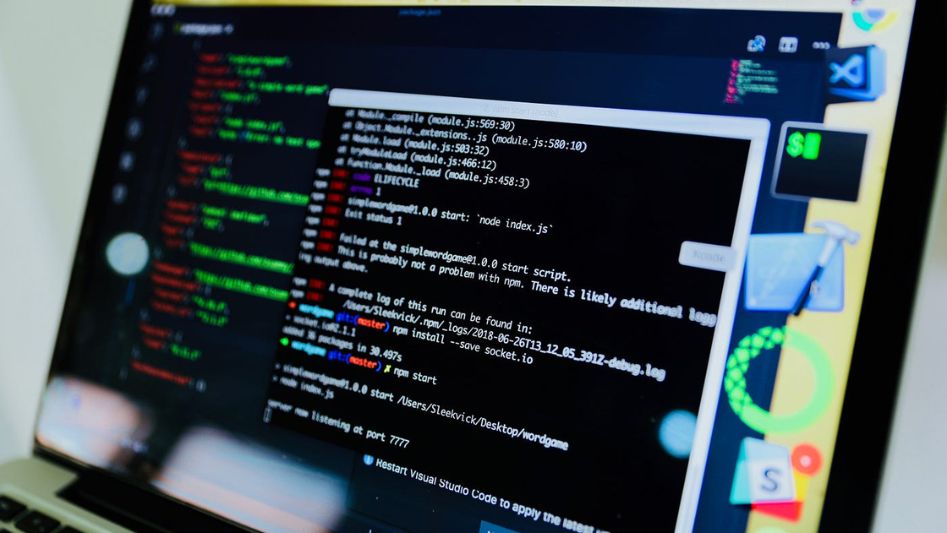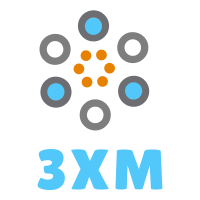In today’s digital era, software development has become a vital aspect of businesses across various industries. Whether you’re building a mobile application, a web platform, or any other software solution, choosing the right programming language is crucial for the success of your project. The programming language you select will determine the efficiency, scalability, and maintainability of your software. This article aims to provide you with valuable insights and guidance on how to choose the right programming language for your software development project.
Table of Contents:
We invite you to read: “THE TOP 10 PROGRAMMING LANGUAGES FOR BEGINNERS”

The Importance of Choosing the Right Programming Language
Choosing the right programming language is like laying a strong foundation for your software development project. It directly impacts the project’s performance, development time, and the overall user experience. Each programming language has its strengths and weaknesses, and selecting the most appropriate one will ensure that your software meets the desired requirements and objectives.
Factors to Consider When Choosing a Programming Language
When it comes to choosing the right programming language, several factors need to be taken into consideration. Let’s explore some of the key factors that can guide your decision-making process:
1. Project Requirements
The first step in selecting a programming language is understanding the specific requirements of your software project. Consider the purpose of the software, the expected scale of usage, the complexity of the functionalities, and the target audience. By identifying these requirements, you can narrow down your options and choose a language that aligns with your project’s needs.
2. Learning Curve
Consider the expertise of your development team and their familiarity with different programming languages. Opting for a language that your team is already proficient in can save time and resources. On the other hand, if your team is open to learning new languages, you can explore options that offer better performance or specialized features.
We invite you to read: “THE FUTURE OF SOFTWARE DEVELOPMENT: TRENDS TO WATCH”

3. Community and Support
The programming language you choose should have an active and supportive community. A strong community ensures that you have access to ample resources, libraries, frameworks, and forums for troubleshooting and guidance. It also indicates the language’s popularity and longevity, reducing the risk of it becoming obsolete in the future.
4. Scalability and Performance
Consider the scalability requirements of your software. Will it handle a small user base or millions of users? Some programming languages are more suitable for large-scale applications, while others excel in smaller, specialized projects. Additionally, assess the performance benchmarks of each language to ensure it can deliver the speed and efficiency your software demands.
5. Ecosystem and Third-Party Integration
Evaluate the ecosystem surrounding each programming language. Does it have a wide range of libraries, frameworks, and tools that can accelerate your development process? Furthermore, check if the language supports seamless integration with third-party services and APIs that you may require to enhance the functionality of your software.
6. Long-Term Maintenance
Consider the long-term maintenance and support requirements of your software. Some languages have vibrant communities that actively update and maintain their codebases, while others may lack ongoing support. Ensure that the language you choose has a solid track record of updates, security patches, and a roadmap for future development.
We invite you to read: “HOW TO WRITE CLEAN AND MAINTAINABLE CODE: A GUIDE FOR SOFTWARE DEVELOPERS”

Conclusion
Choosing the right programming language for your software development project is a critical decision that can significantly impact its success. By considering factors such as project requirements, learning curve, community support, scalability, ecosystem, and long-term maintenance, you can make an informed choice that aligns with your goals. Remember to assess each programming language based on its strengths and weaknesses, and evaluate its suitability for your specific project needs. By doing so, you can set a solid foundation for your software and enhance its efficiency, reliability, and user satisfaction.
FAQ
What are the most popular programming languages for software development projects?
There are several popular programming languages widely used in software development projects. Some of the top contenders include Python, JavaScript, Java, C++, and Ruby.
How do I assess the scalability of a programming language?
Assessing the scalability of a programming language requires considering factors such as its performance in handling large datasets, its ability to distribute workloads across multiple servers, and its support for concurrent processing.
Can I use multiple programming languages in a single software project?
Yes, it is possible to use multiple programming languages in a single software project. This approach, known as polyglot programming, allows developers to leverage the strengths of different languages for specific parts of the project. However, it also introduces complexities in terms of integration and maintenance, so it should be approached with careful consideration.
Can I change the programming language later in the development process?
While it’s possible to change the programming language later in the development process, it can be a challenging and time-consuming task. It may involve rewriting significant portions of the codebase and retesting the entire software. Therefore, it’s best to make an informed decision at the beginning of the project to avoid unnecessary complexities and delays.
You May Also Like
- THE TOP 10 TOOLS FOR DEVELOPERS IN 2023
- THE BENEFITS OF CONTINUOUS INTEGRATION AND CONTINUOUS DEPLOYMENT IN SOFTWARE DEVELOPMENT
- THE IMPORTANCE OF ACCESSIBILITY IN SOFTWARE DEVELOPMENT
- THE BENEFITS OF DEVOPS: HOW IT CAN IMPROVE YOUR SOFTWARE DEVELOPMENT PROCESS
- THE IMPORTANCE OF USER EXPERIENCE IN SOFTWARE DEVELOPMENT


Recent Comments